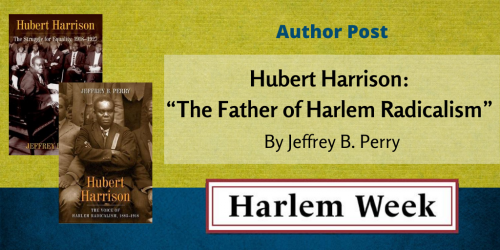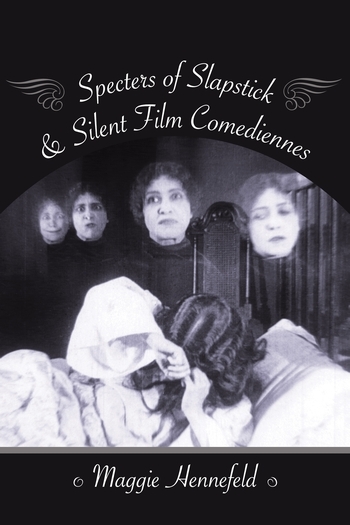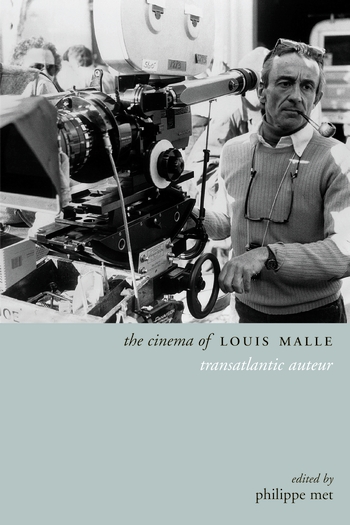Bertolucci called us a kind of wild cinema university — Toby Talbot in Rorotoko
* There will be a discussion and reception with Toby Talbot for her new book on Thursday, December 3rd at 7:00 pm at Lincoln Plaza Cinemas at 1886 Broadway (at 62nd Street)
Peter Bogdanovich says the New Yorker Theater is where he got his education. Bertolucci called it a “kind of wild cinema university.” Other regular New Yorker attendees from 1960 to 1973, included Pauline Kael, Andrew Sarris, Jonas Mekas, Susan Sontag, Diane Arbus, Phillip Lopate, and Woody Allen. Manny Farber built the book shelves for the theater’s bookstore.
The story of the legendary Upper West Side theater is recounted by Toby Talbot in her new book The New Yorker Theater and Other Scenes from a Life at the Movies. Talbot recently discussed the book and the theater she started with her husband, Dan Talbot in an essay for Rorotoko.
In it, she discusses the theater’s importance in bringing new works from foreign directors (Fassbinder, Ray, Herzog, Ozu, Godard, Sembene, etc.) to American audiences as well as showcasing forgotten classics. She describes the theater’s unique programming strategy and articulates its important cultural role in New York City life amidst great cultural and political change.
Here’s an excerpt from her essay on Rorotoko:
The New Yorker Theater was what Bertolucci called a kind of wild cinema university, like Henri Langlois’s cinematheque in Paris. It came at a ripe moment—when audiences came to view film as an art form and not just popular entertainment. Moviegoers flocked to the New Yorker not only from the neighborhood and nearby Columbia University but from the five boroughs. They could see Murnau, Eisenstein, Griffith, von Sternberg, Lubitsch, Rossellini and Renoir—what Jean-Paul Sartre called “the frenzy on the screen.” …
The sixties was a golden age in cinema, turbulent in politics, transitional in urban change. We were lucky, there at the hub where time and place converged: French New Wave, ‘68 uprisings at Columbia University, the emergence of the Upper West Side as a desirable neighborhood.
On Monday nights we started a film society with special programs. Silent films—D. W. Griffith’s Intolerance, Erich von Stroheim’s Greed, Fritz Lang’s The Last Will of Dr. Mabuse and Robert Wiene’s The Cabinet of Dr. Caligari—were accompanied on the piano by Arthur Kleiner, a full-time pianist at the Museum of Modern Art. We had Special Series of one-week bills: Emil Jannings, Orson Welles, Howard Hawks, John Ford, Bette Davis, Mae West. Program notes were written by aficionados and movie mavens such as Bill Everson on The Golem, Jonas Mekas on Shors, Jules Feiffer on Gold Diggers of 1933, Jack Gelber on Foolish Wives, and Jack Kerouac on Nosferatu— program notes are included in the book.
The most successful film in our series was Triumph of the Will, which had not been shown in the United States for years. On the evening of June 27, 1960, a line formed around the theater, students from Columbia University eager to see that legendary film of the 1934 Nazi Part rally, shot in the Nuremberg stadium by Leni Riefenstahl.
From the outset patrons began filling our 300-page Guest Books in the lobby with their names and miscellaneous remarks—some of these pages appear in the book. There was an obvious hunger for film, thousands of film requests in several hundred ledgers. Susan Sontag asked for Vigo’s Zero de Conduite, Pagnol’s Les Lettres de Mon Moulin, Visconti’s Senso and La Terra Trema, and Tod Browning’s Freaks. P. Adams Sitney, avant-garde critic, wanted Luis Bunuel’s L’Age d’Or, The Great Dictator, and more Chaplin. W. H. Auden put in for Les Visiteurs du Sol, City Lights, any Carole Lombard film, any Jean Harlow, and early Marilyn Monroe. John Simon groused: “Improve the sound system and fix the seats.” And Dan replied, “Right on both accounts.” But on the very next page, a patron shot back: “Can anyone stop John Simon from mumbling during the show?” No one could.






